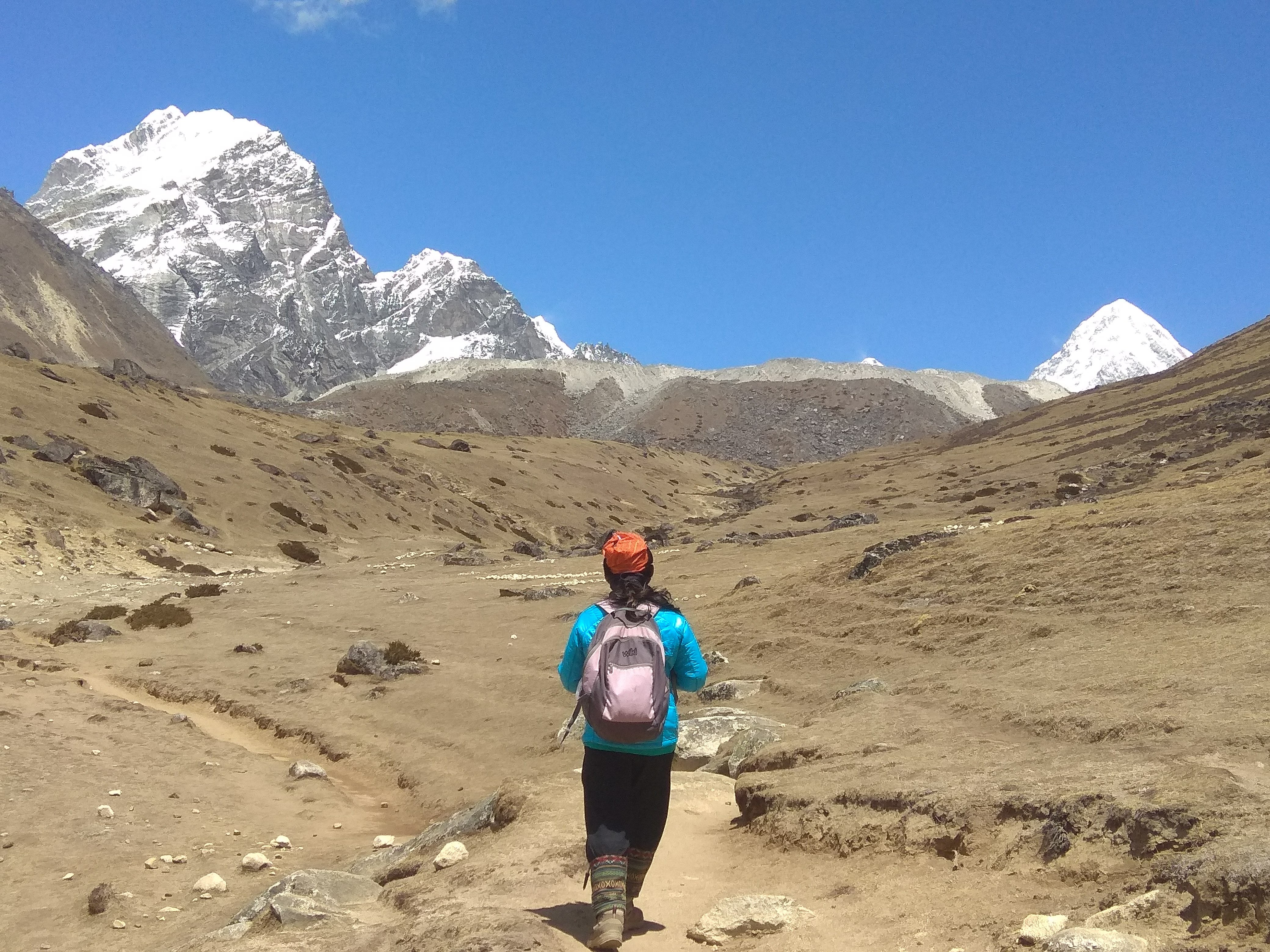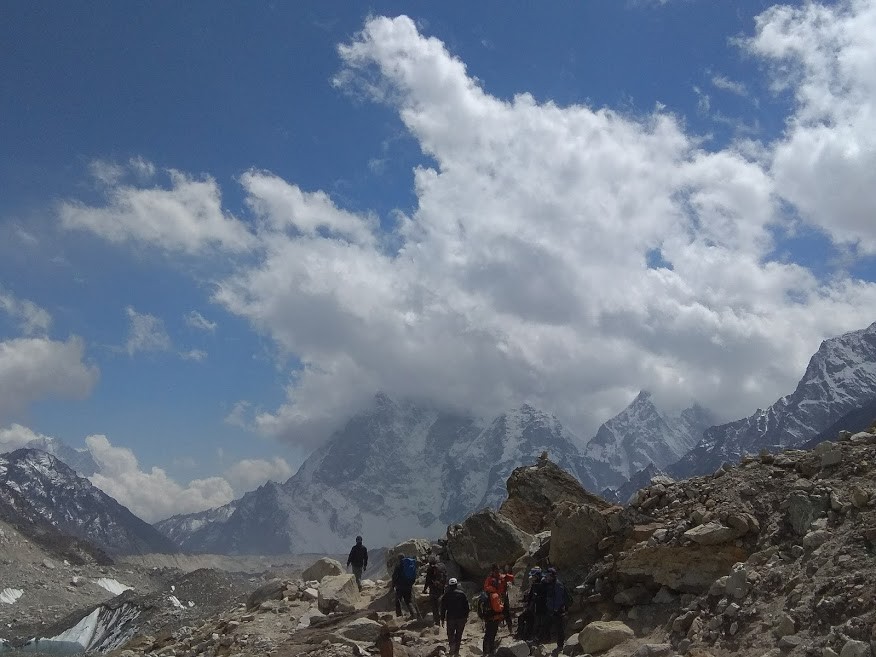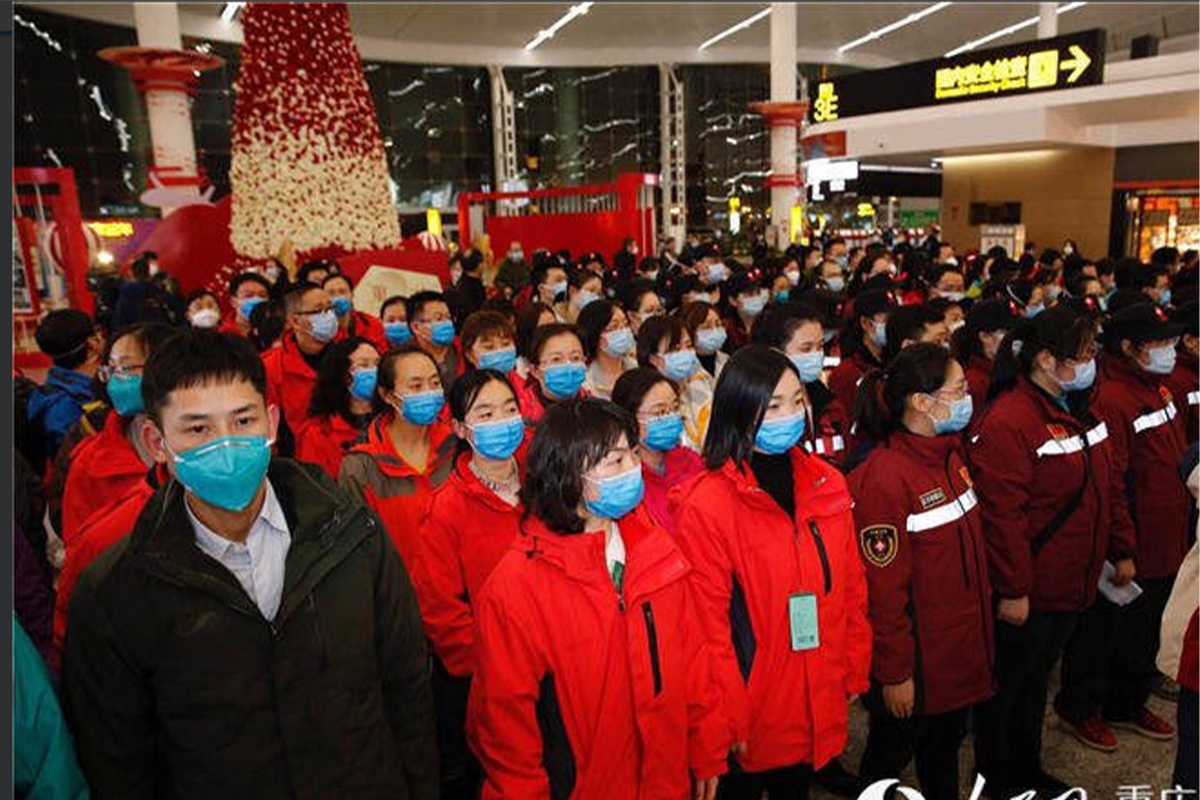

ALTITUDE SICKNESS
Altitude sickness is a condition produced by being at high altitude, where presence of oxygen is low, without gradually getting used to the increase in altitude. The condition arises at altitudes higher than 8,000 ft or 2,500 m.
Facts about altitude sickness-
- The main reason is climbing to the height very quickly or staying at that height for longer period.
- Rising to a high altitude without adjusting may cause liquid to form in the lungs and brain.
- At higher altitudes, the number of oxygen particles per breath decreases.
- Symptoms include weakness, drowsiness, and lack of craving.
The criticality of symptoms depends on several factors, including:
- The main symptom of altitude illness is headache.
- How quickly a person reaches to 8,000 ft.
- The time spent at a high elevation.
- The age, weight, and general fitness of an individual.
This may also demonstrate one of the following signs and symptoms:
- Lack of hunger, nausea.
- Rapidity of breath upon exertion.
- Feeling sleepy.
- Swelling of the hands, feet, and face.
- General sickness.
Complications
Liquid in the lungs can cause the following:
- Fever.
- Insistent dry cough.
Signs of swelling of the brain include:
- An untiring headache that usually does not react to painkillers.
- Slow loss of consciousness.
- Nausea and vomiting.
- Unsteady clumsiness.
The main reason of altitude sickness is climbing to a great height very quickly. Climbing very high and staying for longer period can also cause it. At ground level the oxygen present in atmosphere is near 21 percent. Higher altitudes do not change the amount of oxygen present. But, the amount of oxygen molecules per inhale decreases. The person has to inhale quicker to compensate the oxygen shortage, and the heart beats faster.
The human body needs to adjust to the low air pressure and decreased levels of oxygen. A steady progress is therefore needed. This slower climb is known as acclimatization. The average human body needs from 1 to 3 days to become acclimatized to a change in altitude. People who do not spend enough time acclimatizing to a new altitude before progressing further have the highest risk of developing altitude sickness.
With not as much of oxygen in the blood, the heart and lungs have to pump harder. This increases the beat and the speed of breathing. Additional red blood cells are prepared to permit the body to carry more oxygen. The body reacts to change in heights by changing blood acidity level, lung pressure, electrolyte levels, and fluid and salt balance.
Diagnosis
If an individual climbed to a height higher than 2,500 meters and has a headache as well as at least one of the above symptoms, it is usually from Altitude sickness.
Anybody who has these symptoms should immediately stop climbing, or go down to a low level and rest until those signs are completely gone.
It is essential to identify the symptoms, as there are restricted health facilities available during hiking.
Treatment
People with very minor symptoms can continue climbing but at a much slower rate. It is very important to let others know of even the slightest hint of symptoms.
Those with more serious signs should:
- Rest.
- Avoid smoking.
- Drink more.
There are some other options which can be used to treat the condition, including:
Downhill: Moving to a lower height is perhaps the best decision to take if symptoms arise. Individuals with adequate signs usually respond well if they descent just 1,000 ft and stay there for 24 hours.
People with serious symptoms should go downhill at least 2,000 ft as soon as possible. Those whose symptoms do not recover after going to this distance should immediately move further down until they start feeling better.
Pure oxygen: Giving pure oxygen may help a person with serious breathing problems occurred due to altitude sickness. Physicians at the base or camp basically provide the treatment.
A Gamow bag: It is a portable plastic hyperbaric chamber which is inflated with a foot pump and is used when a rapid descent is not possible. This can decrease the nominal height by up to 5,000 ft. It is commonly used to evacuate people with severe symptoms, not to treat them at high altitude.
Painkillers: Such as Tylenol, can be taken for headaches. Ibuprofen, an anti-inflammatory medicine, can also help.
Acetazolamide: This medicine corrects the chemical imbalance in the blood caused by altitude sickness, as well as speeding up the breathing rate. If the person inhales faster, their body will have more oxygen, resulting in the relief of some symptoms, such as nausea, dizziness, and headaches.
Complications
The two main altitude sickness complications are high elevation swelling of the lungs and brain.
High altitude cerebral edema (HACE):
The absence of oxygen causes fluid to leak through tiny blood vessels into the brain, which leads to swelling. Generally, it occurs when a person stays at high altitude for at least one week.
High altitude pulmonary edema (HAPE):
Fluid forms up in the lungs, avoiding oxygen from getting into the bloodstream. As it progresses and blood oxygen content drops, various symptoms develop, including:
- Chest becomes hard.
- A blue dash to the skin.
- Tiredness and paleness.
- Difficulty in breathing.
Precautions include
- Acclimatization:The best way to avoid altitude sickness is to climb slowly so that the body can become adapted to the change in altitude. Organize accordingly and make sure every trip should have enough time to adapt. Be certain that everyone in the group is fully adapted before climbing any further.
- Sleeping: At an altitude of over 9,800 ft (2990 m), ascend no more than 985 ft (300 m) each night. Avoid sleeping above 985 ft higher than your resting place the previous night.
- Alcohol: Do not consume alcoholic drinks.
- Food:Have rich calorie food while at heights.
- Liquid: Consume 4 to 6 liters of water every day.
- Avoid smoking: Do not smoke.
–SurgeryXchange is an online platform for medical second opinions and advisory services for hospital admission.
To know more click here.

